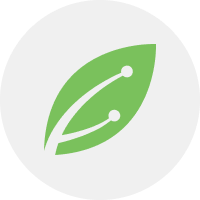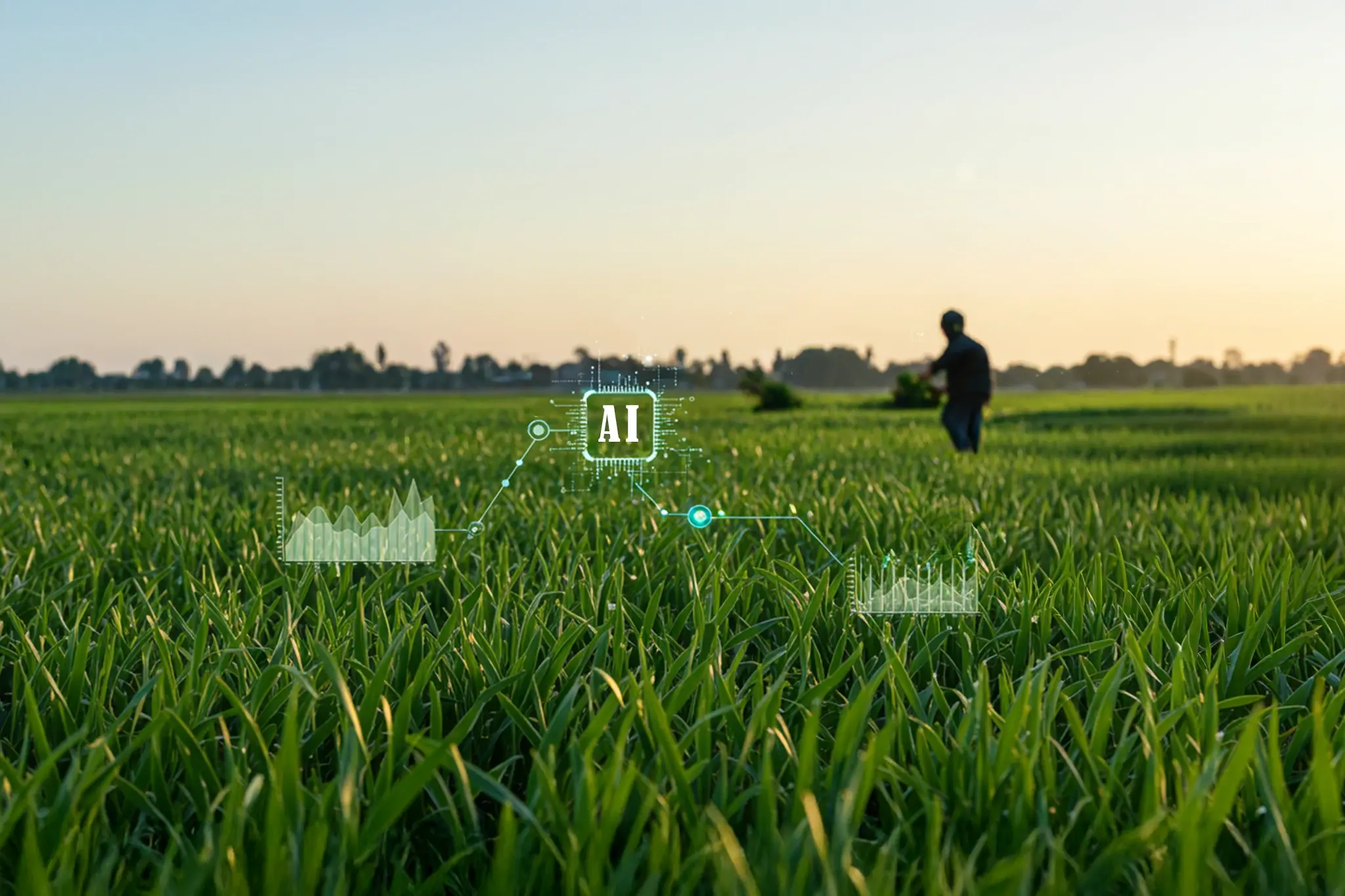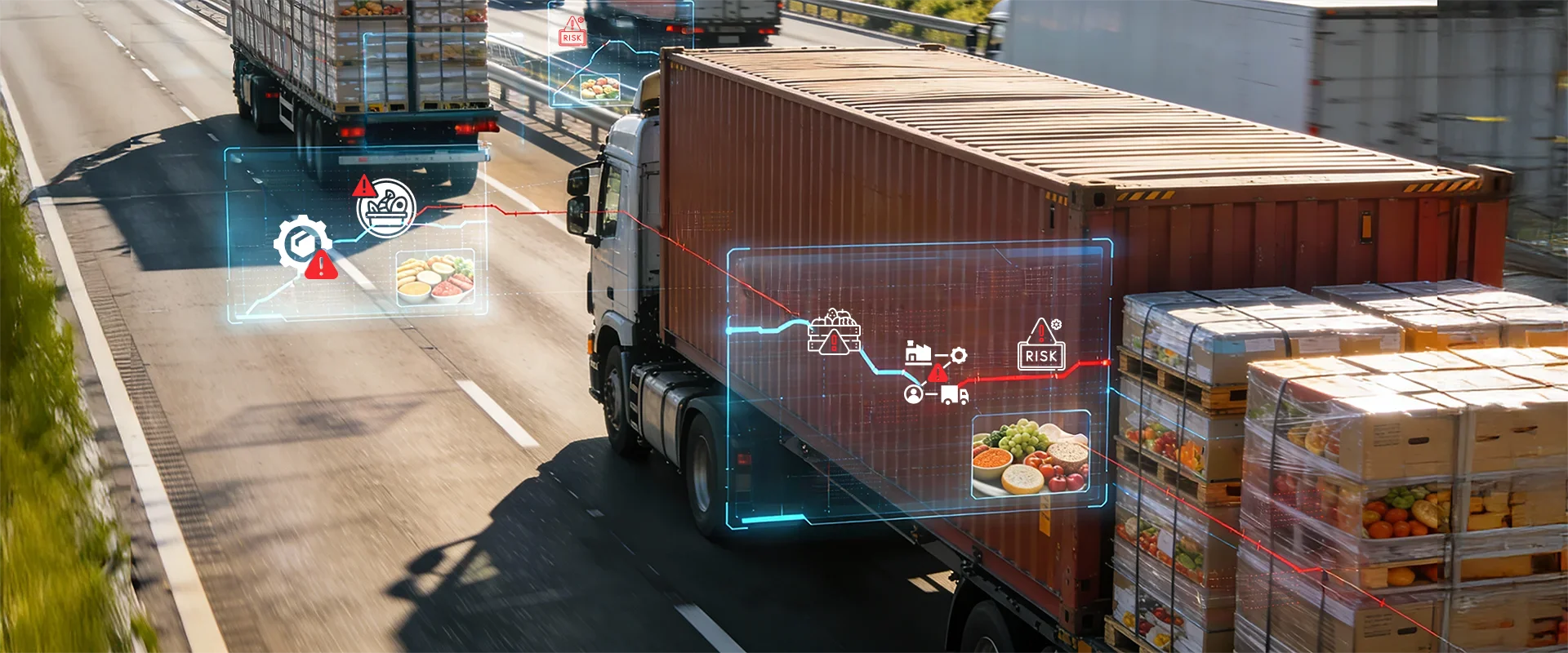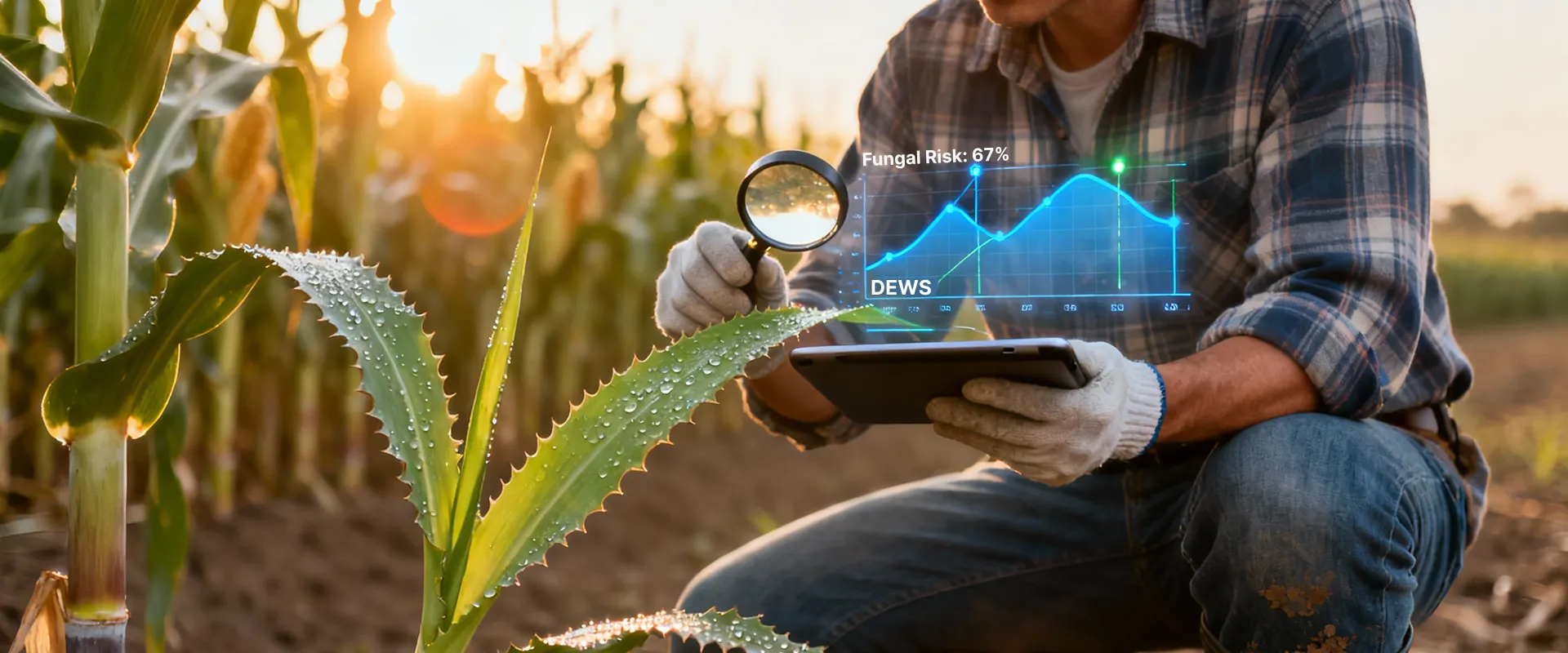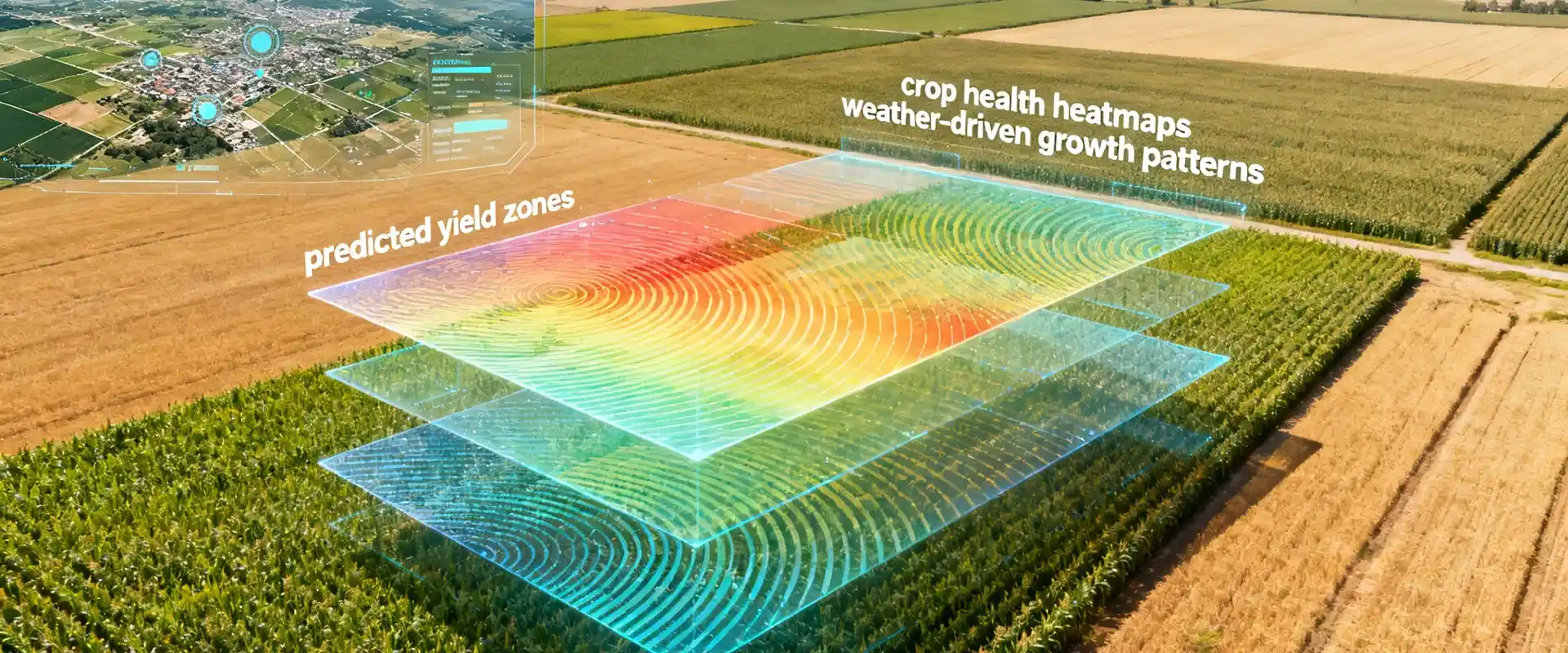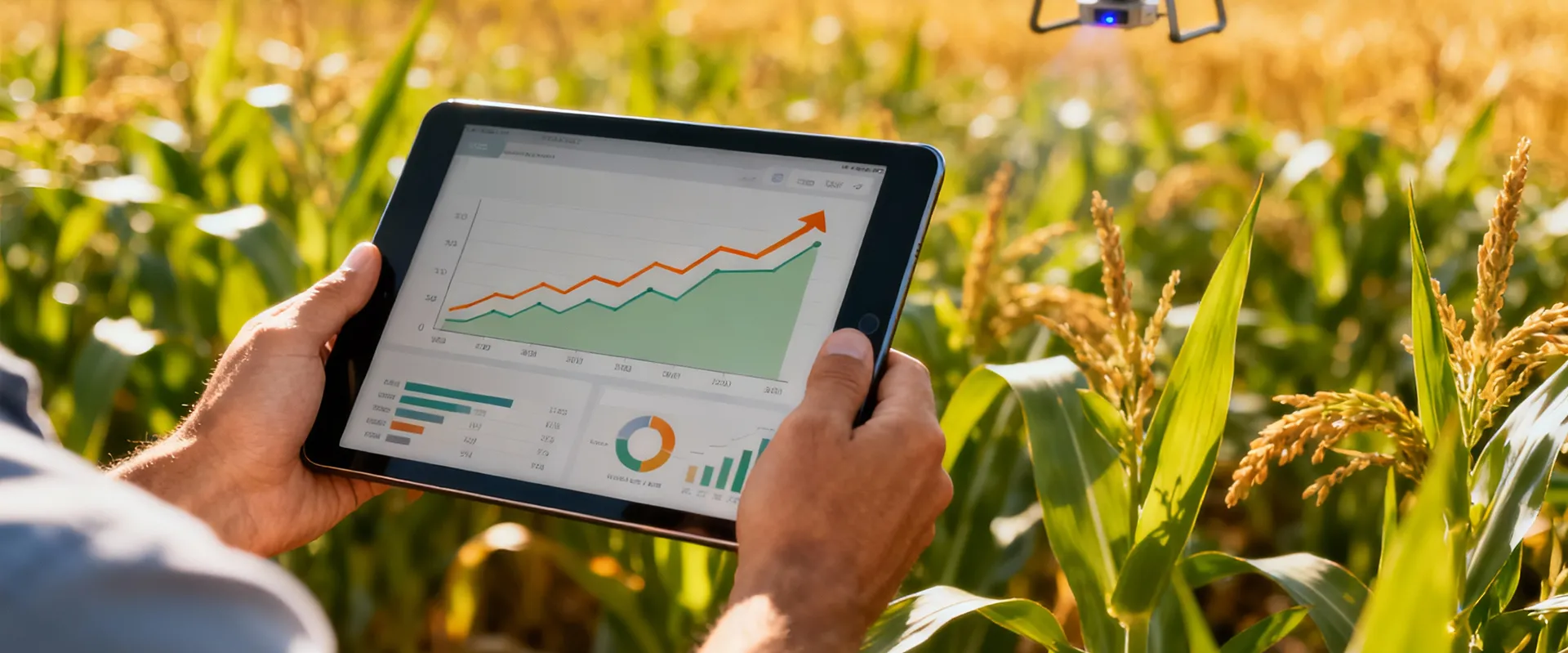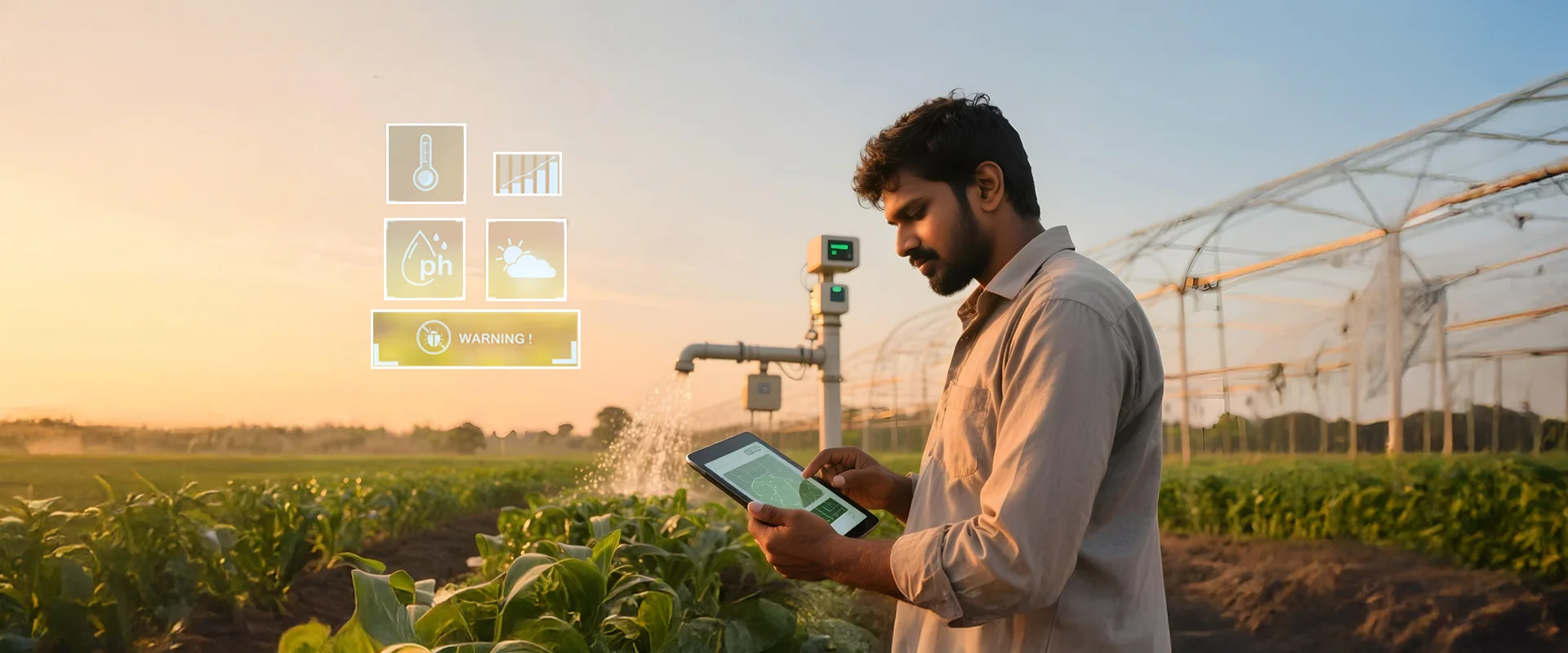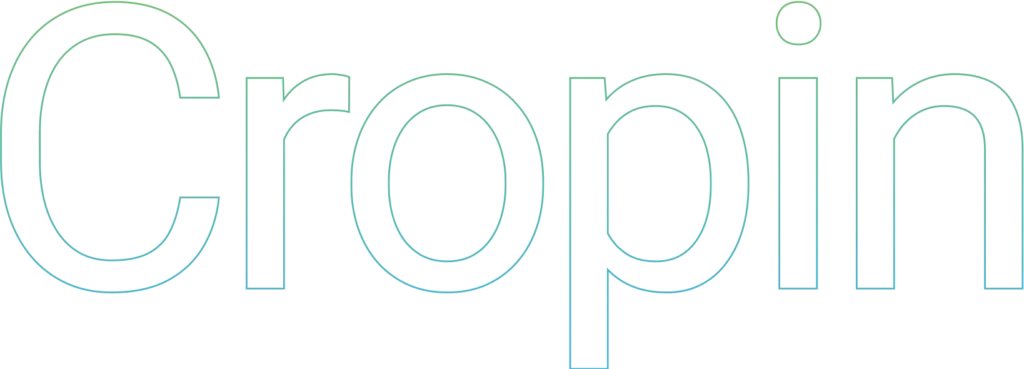Information and communication technologies (ICTs)
On November 15, 2022 world’s population hit the 8 billion mark.
The United Nations hailed the 8-billion figure as “a testament to humanity’s achievements. The UN also had a note of caution.
Smart farming for food safety
What is smart farming?
Smart farming centers on growing farm productivity using technology – hardware and software. Smart farming focuses on managing farms, plantations, and all associated farming activities using IoT, drones, robotics, machinery, and artificial intelligence, to determine a path to predictable farm output.
Smart Farming is focused on the use of data acquired through various sources (historical, geographical, and instrumental) in the management of farm activities. Technologically advanced doesn’t essentially mean that it is a smart system. Smart agriculture technologies differentiate themselves through their ability to record the data and make sense of it. Smart farming employs hardware (IoT) and software (Software as a Service or SaaS) to capture the data and give actionable insights to manage all the operations on the farm, both pre-and post-harvest. The data is organized, accessible all the time, and full of data on every aspect of finance and field operations that can be monitored from anywhere in the world.
Differences between traditional and smart farming
Implementing robotics in agriculture and other smart farming techniques brings in several benefits over conventional farming strategies. Some of these include exercising increased control over production processes, which in turn enhances cost management and reduces waste generation. In addition to this, smart farming, through the implementation of new technology in agriculture, makes it easier to trace anomalies in crop growth as well as livestock health.
Traditional Farming
- The same set of practices for crop cultivation, often unscientific, throughout the region
- Manual maintenance of all the field and finance data separately, leading to errors and data loss
- No reliable methods to predict the weather
- Imprecise application of fertilizers and pesticides throughout the field
- Geo-tagging and zone detection are not possible
- Use of simple tools by farmers makes the process laborious and time-consuming
Smart Farming
- The same set of practices for crop cultivation, often unscientific, throughout the region
- Manual maintenance of all the field and finance data separately, leading to errors and data loss Geo-tagging and zone detection are not possible
- No reliable methods to predict the weather Use of simple tools by farmers makes the process laborious and time-consuming
- Imprecise application of fertilizers and pesticides throughout the field
Whitepaper | digital story of seed
It may sound convenient to place farming as a tech laggard. It is anything but. The momentum from the industrial revolution in the 1800s quickly saw farmers adopt fertilizers, pesticides, tractors, and harvesting machines. The last century has seen farms also adopting complex weather forecasting models with satellite data. The internet has accelerated technology adoption in agriculture. Sensors, IoT, and the internet have made accessible even the remotest farmlands with a mobile tap.
Smart farming technologies including IoT
IoT in agriculture
IoT in agriculture involves sensors, drones, and robots connected through the internet which function automatically and semi-automatically performing operations and gathering data aimed at increasing efficiency and predictability. With increasing demands and shortage of labor across the globe, agriculture automation and robots or commonly known as agribots are starting to gain attention among farmers. Crop production decreased by an estimated 213 crores approx ($3.1 billion) a year due to labor shortages in the USA alone. Recent advancements in sensors and AI technology that lets machines train on their surroundings have made agri-bots more notable.
John Deere, the 200-year-old American farm equipment company is already connecting its ubiquitous tractors to the internet. Farmers now know their tractor productivity on their phones. John Deere extended this to help display crop yields on farmers’ smartphones. Thanks to Tesla, the smart car bug has hit tractors too. John Deere is in the works to develop self-driving tractors, which would not just free up farmers’ time but also improve farm safety.
Smart greenhouses
Semi-automatic robots
Drones
Drones in agriculture are equipped with sensors and cameras and are used for imaging, mapping, and surveying farms. They can be remotely controlled or they can fly automatically through agriculture software-controlled flight plans in their embedded systems, working in coordination with sensors and GPS. From the drone data, insights can be drawn regarding crop health, irrigation, spraying, planting, soil and field, plant counting and yield prediction, and much more.
Smart remote sensing
Computer imaging
Computer imaging involves the use of sensor cameras installed at different points on the farm or drones equipped with cameras. The images they capture undergo digital processing to derive meaningful insights from them. They are used for quality control, disease detection, irrigation monitoring, and sorting and grading the produce after harvest. Image processing using machine learning incorporates comparing images from a database with images of standing crops to determine the size, shape, color, and growth, therefore controlling the quality.
Smart farming with Saas-based cloud software
Cloud-based software is used for the management of financial and field activities of farms. Prior to computers, farmers maintained data manually by keeping lengthy records on papers. This method was prone to human calculation errors. After the computer boom in the 1980s, it was not long before finance software such as Money Counts came to market. They intended to replace the spreadsheets to maintain the financial data.
- Collection – Collecting as much data as possible
- Analysis
- Decision
- Action
Data collection
Data processing analysis
Data storage and dissemination
Smart farming applications of cloud-based software
Cloud-based software, one of the best outputs in the range of advanced farming technology available now, finds applications with:
Farming companies – output predictability
Agri-input companies – production forecast and quality maximization
Financial lending institutions – risk management
Crop insurance providers – risk coverage
Food production companies – quality control and compliance
Government advisories – grass-roots level benefits for farmers
Smart Farming with Saas-based cloud software
- Leadership commitment
- Business case alignment
- at-scale investment
Climate smart agriculture is here
Climate smart agriculture (CSA) is an approach to agriculture that aims to help farmers adapt to and mitigate the effects of climate change. CSA focuses on three main pillars: increasing productivity, reducing emissions, and improving resilience. One way to increase productivity is to use climate-resistant crops or varieties. For example, heat-tolerant varieties of rice can be planted in areas that are prone to droughts. Another way to reduce emissions is to improve farm management practices, such as using more efficient irrigation systems. Finally, CSA also involves building resilience into farming systems, such as by diversifying crops and using early warning systems for extreme weather events. By adopting climate smart agriculture practices, farmers can help to keep their operations running smoothly in the face of a changing climate.
Smart Farming by Cropin
As a global agritech, Cropin has worked with 200+ public and private sector organizations worldwide, utilizing deep learning, satellite monitoring, cloud computing, precision agriculture, and other technological advancements to collect, analyze data, and manage all the activities from farm to fork with streamlined farm solutions.
Frequently asked questions (FAQs)
What are the benefits of smart farming using SaaS solutions?
- Readily available and accessible management through smartphones, tablets, and PCs
- Facilitates logging and management of alerts (pest infestations, crop diseases, etc.)
- Incorporates end-to-end solutions for farm-to-fork traceability
- Robust and flexible system for farm management
- Geo-tagging for accountability and accurate predictability
- Configurable package of best practices for each crop variety
- Agronomic advisories based on satellite imagery and weather data
- Higher yield output as input usage is optimized and constantly monitored
- Improved quality due to compliance with food standards and nutrition tracking
- Reduced wastage owing to the precise application of resources and thus reduced production costs
- Traceability and output predictability
- Comprehensive reports and insights
What are the differences between IoT and SaaS solutions to consider before investing in one?
- It provides a one-stop farm solution for managing all the operations pre- and post-harvest.
- Highly-skilled labor is not required.
- No equipment other than mobile devices is required on farms.
- Labor logs and chemical usage data are available.
- No devices are required to be placed on farms.
- No hardware maintenance costs.
- Insights are accessible on a laptop or PC.
- It allows holistic supply chain management.
- Data is stored in a secure cloud for easy accessibility.
- It uses publicly available, high-resolution satellite images for farm monitoring and weather data.
- Only a single application is required to manage multiple farms around the globe.
- It is scalable for multi-country implementation.
- Can be integrated with existing devices, IoT devices, and legacy solutions.
- Yearly or monthly subscription plans are available at a low cost.
- It enables crop production almost anywhere, including urban rooftops.
- It helps minimize the usage of scarce resources like water, energy, and land.
- It enables the automation of processes like sowing seeds, watering, crop monitoring, and harvesting.
- It requires highly-skilled field staff to implement and manage the devices.
- The devices are expensive and fragile.
- It demands heavy initial investments.
- Sensors, robots, drones, and cameras need to be placed on farms to monitor and operate.
- It involves recurring maintenance costs for the hardware.
- Computer imaging is done via sensor cameras and drones with manual operators.
- Each piece of equipment has a defined set of operations and can be used only for specific tasks.
- The use of IoT devices is not scalable to larger regions; each farm’s data has to be managed separately.
Both SaaS and IoT have their own advantages and disadvantages. To know how each can address your concerns and what could be the best fit for your business, read more here.
